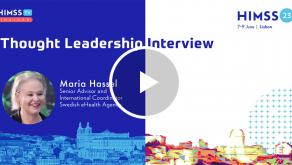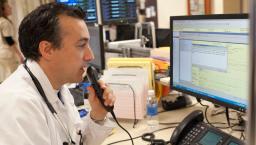The use of AI to support better clinical decision-making in emergency medicine

Photo: FS Productions/Getty Images
Over the last 20 years, vastly overcrowded emergency departments (EDs) in the U.S. have resulted in worsened patient outcomes, preventable errors and staff burnout. In EDs, most decisions are made using the least amount of clinical data – and the acuity level assigned to a patient at triage can greatly impact that patient’s trajectory of care. In 2017, Johns Hopkins deployed TriageGO, a clinical decision-making support (CDS) tool that uses AI to generate risk-driven triage acuity recommendations. Jeremiah Hinson, Associate Professor and Associate Director of Research for the Department of Emergency Medicine and Co-Director of the Center for Data Science in Emergency Medicine at the Johns Hopkins University School of Medicine and Medical Director of Research and Innovation and Clinical Decision Support at Beckman Coulter Diagnostics, shares his experience developing and implementing this tool, and how the tool has affected ED wait times and patient outcomes.
You’ll learn more about:
- How ED physicians and clinical informaticists at Johns Hopkins developed the TriageGO AI tool to improve triage
- The ways the tool has improved ED throughput and patient outcomes
- The tool’s benefits for decreasing crowding and improving ED triage

























